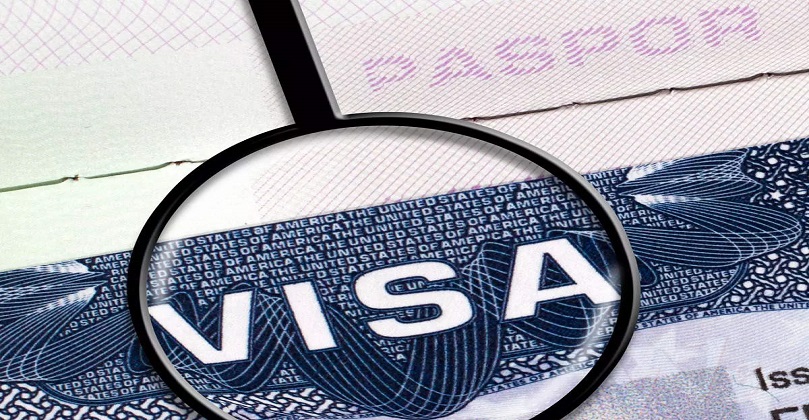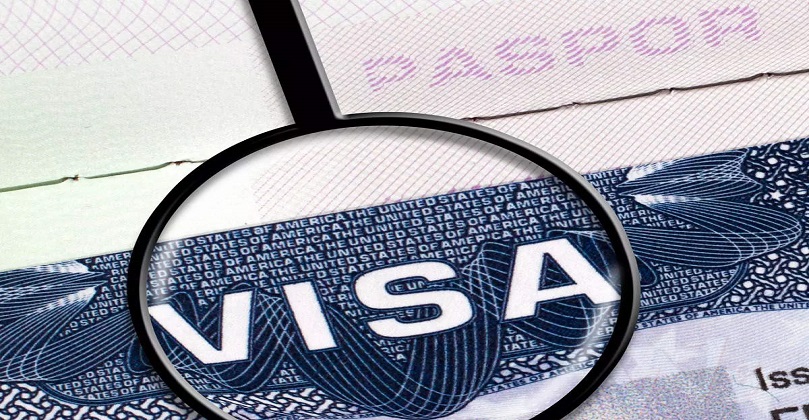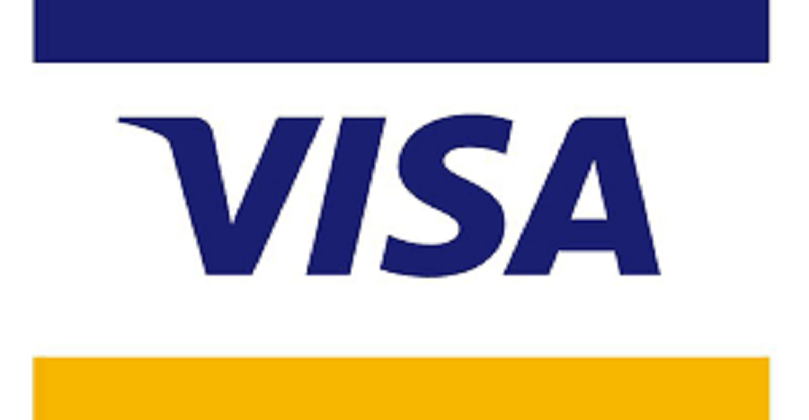Table of Contents
The European Union And Countries In The EU: The European Union (EU) is a political and economic union of 27 member states located primarily in Europe. The EU was established in 1993 with the aim of creating a single market, promoting economic and social cohesion, and maintaining peace and stability in Europe. In this article, we will explore the EU and its member countries in more detail, including its history, structure, and current challenges.

History of the EU
The EU has its roots in the aftermath of World War II, when European leaders sought to create a new order to prevent another devastating conflict. The European Coal and Steel Community (ECSC) was established in 1951, followed by the European Economic Community (EEC) in 1957. These early communities focused on the coordination of economic policies, with the goal of creating a single market for goods and services.
The EU has evolved over time, with the introduction of new policies and the addition of new member states. In 1986, the Single European Act was adopted, which aimed to complete the single market by 1992. The Maastricht Treaty, signed in 1992, established the EU as we know it today, with a common currency, the euro, and a common foreign and security policy.
Structure of the EU
The EU is made up of several institutions, each with its own role and responsibilities. The main institutions are:
- The European Commission: This is the executive branch of the EU and is responsible for proposing legislation and managing the EU’s budget.
- The European Parliament: This is the legislative branch of the EU and is composed of members elected by citizens of the member states.
- The Council of the European Union: This is the representative of the governments of the member states and is responsible for adopting EU legislation.
- The European Council: This is the body of the heads of state or government of the member states and sets the EU’s overall political direction.
- The European Court of Justice: This is the highest court in the EU and is responsible for interpreting EU law and ensuring that it is applied in the same way in all member states.
Member Countries of the EU
There are currently 27 member countries of the EU. These countries are: Austria, Belgium, Bulgaria, Croatia, Cyprus, Czech Republic, Denmark, Estonia, Finland, France, Germany, Greece, Hungary, Ireland, Italy, Latvia, Lithuania, Luxembourg, Malta, Netherlands, Poland, Portugal, Romania, Slovakia, Slovenia, Spain, and Sweden.
Current Challenges Facing the EU
Despite its successes, the EU is facing a number of challenges. These include:
- Economic: The EU is still recovering from the global financial crisis of 2008 and is facing ongoing economic challenges such as high unemployment and slow growth.
- Migration: The EU is facing a significant influx of migrants and refugees, which has put pressure on the EU’s external borders and created political and social challenges within member states.
- Brexit: The United Kingdom voted to leave the EU in 2016, and the process of its withdrawal has created uncertainty for the EU and its remaining member states.
FAQ
How many countries are in the EU?
There are currently 27 member countries of the EU.
What is the main goal of the EU?
The main goal of the EU is to create a single market, promote economic and social cohesion, and maintain peace and stability in Europe.
Who are the main institutions of the EU?
The main institutions of the EU are the European Commission, the European Parliament, the Council of the European Union, the European Council, and the European Court of Justice.


